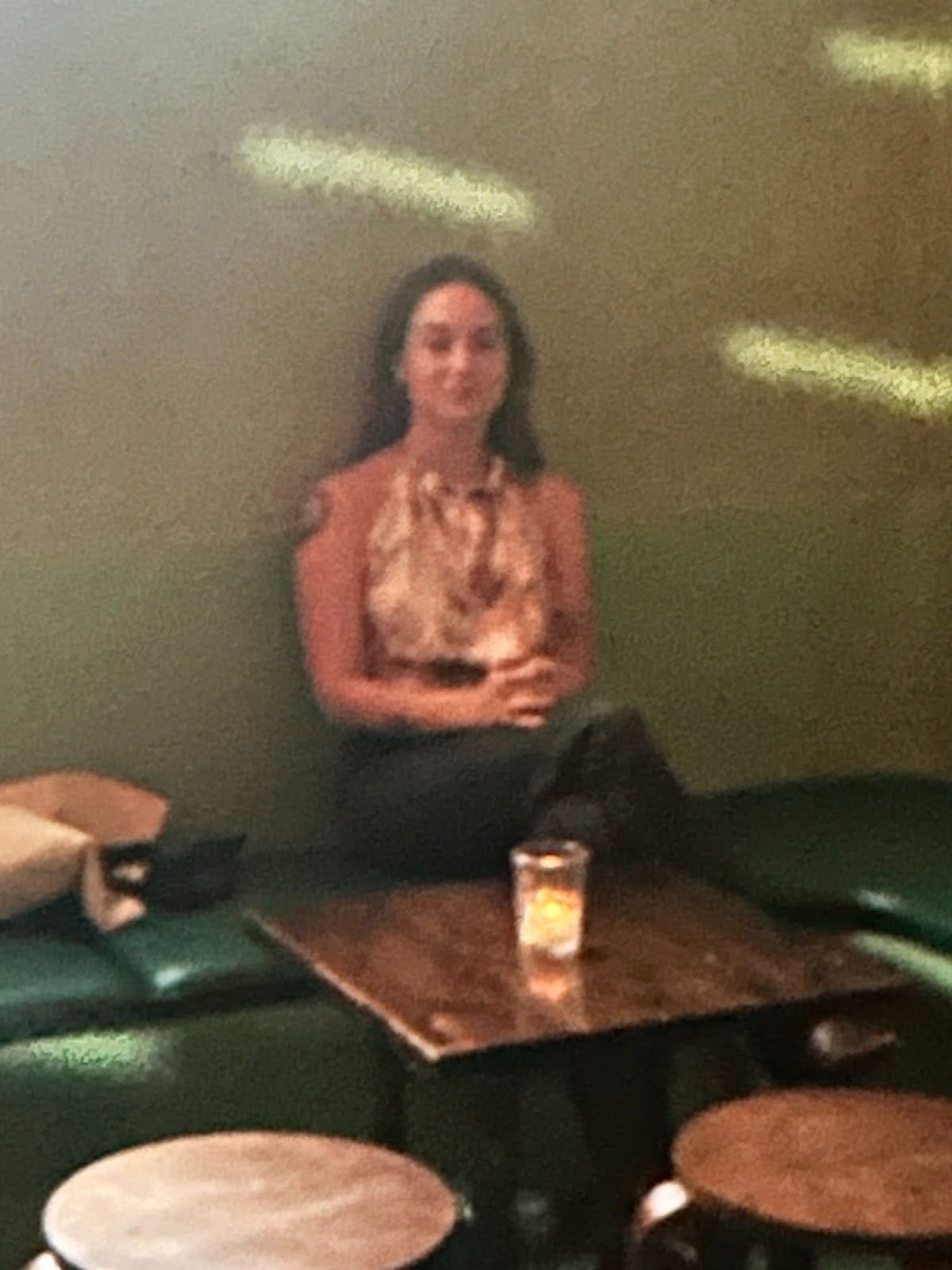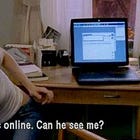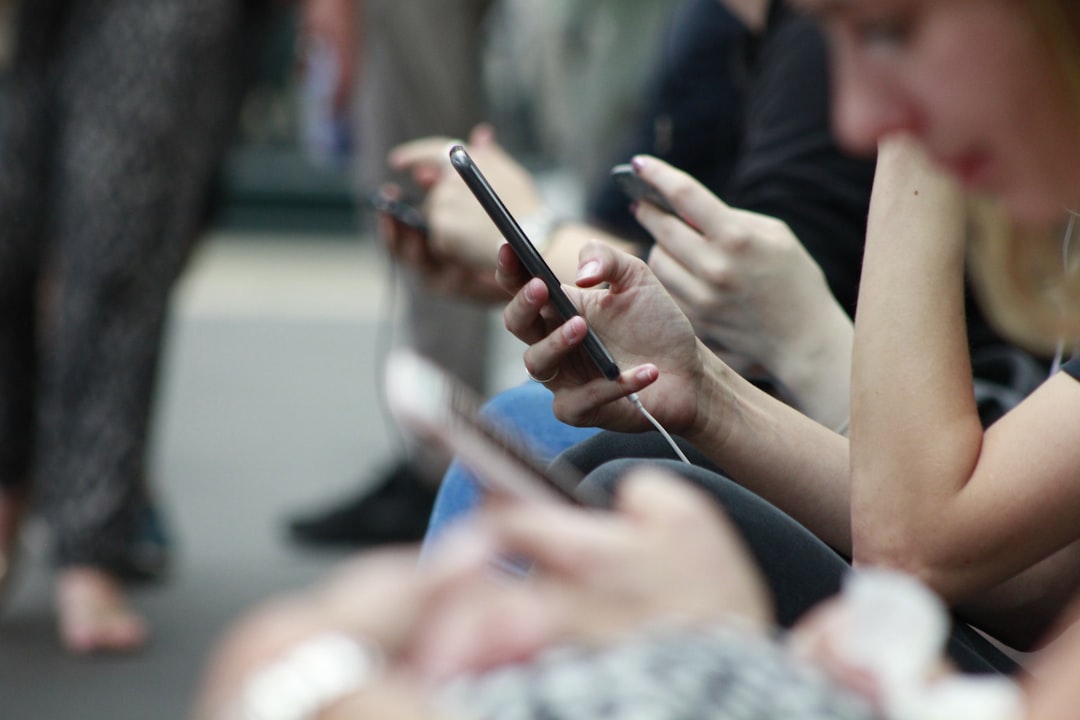It’s an ‘Artist’s Way’ fall
“If you ever see me doing that,” I said, “then just know I’ve hit rock bottom.”
Embedded is your essential guide to what’s good on the internet, written by Kate Lindsay and edited by Nick Catucci.
Anyone else? —Kate
Last spring I went to a friend’s book launch. As my other friend and I mingled at the bookstore, we caught sight of a copy of Julia Cameron’s The Artist’s Way. “If you ever see me doing that,” I said, pointing to the shelf, “then just know I’ve hit rock bottom.”
I’m now nine weeks into The Artist’s Way, which means nine weeks from when I acknowledged that I was out of other options. I went through a summer of back-to-back professional and creative disappointments. I didn’t get the job, the gig, the book deal, the bus, the train—when you create a narrative of rejection for yourself, everything starts feeling personal. On July 4, a man came up to me on the subway and literally slapped me across the face for no reason. That, I told myself, was yet another message from the universe: I reject you.
(Like so many of us, I only post the highlight reel online—and they’re real things I should be proud of. But the irony is that the highlight reel is zero percent effective at disputing my own narrative of inadequacy. We desperately tell these stories to other people because we don’t believe them ourselves.)
So in August, I started my Morning Pages. I started taking myself on Artist Dates. These are the key pillars of the guidebook, which bills itself as a course in “discovering and recovering your creative self.” I wrote at my desk, in bed, at a cafe the morning after a red-eye flight. There are days I’ve missed or skimped on, but I’ve been doing it, and now I’m almost done. I’ve learned a lot from the process, but the biggest takeaway is that I’ve noticed that everyone seems to be doing The Artist’s Way.
Not long after I began my journey, I started seeing other people on social media embark on ones of their own, like Yoga With Adriene. It’s not just anecdotal: The book is currently a monthly bestseller at both McNally Jackson and Books Are Magic, two New York-based bookstores, but also No. 40 in self-help on Amazon, and the No. 1 best seller in “creativity.” It’s also available on TikTok Shop.
“I wonder if it has anything to do with our collective brat summer (sorry to even bring it up) and the memeification of ‘fall,’” Hannah Smothers, a writer from Texas who is also doing The Artist’s Way and who also feels like everyone else is, too, tells me. “Like, doing The Artist's Way and wearing Meg Ryan sweaters and dedicating myself to something feels like an antidote to whatever cultural party moment we went through the past few months.”
Mary, another friend who I learned is also doing it, thinks we’re noticing the trend because we’ve developed what she calls “Artist’s Way Literacy.” “For example, a YouTuber I like to watch has been doing Artist Way tasks in her videos this whole time without me realizing,” she says. “She does Morning Pages and has a little writing space ‘altar’ set up in her bedroom and I didn't make that connection until I got to that week in the book.”
Another reason for its omnipresence, as anyone who’s been unfortunate enough to be in a room with me recently can attest, is that people doing The Artist’s Way love to tell you they’re doing The Artist’s Way. And when your friends stop listening, you take it to social media.
Artist’s Way vlogs have become own genre on TikTok, with people sharing reflections and—as they do for other viral products, like the Shadow Work journal—making exaggerated proclamations about how the process can “unearth trauma” and change your life. The book has its own subreddit with over 6,000 members, who come to the community with gripes, questions, or requests for buddies to embark on the journey with them. A recent post noted something I realized as well: For the first week or so, my hands were so unaccustomed to writing that they became sore. Now, I’ve regrown calluses on my finger and palm that I haven’t had since high school.
“I think social media, and the world in general, are really overwhelming right now,” says Mary. “It feels like everything is going to hell in a handbasket, so it feels nice to try to reconnect with something more grounding, and to try to be more intentional with my days rather than endlessly doom scrolling.”
This is, perhaps, one of my biggest takeaways from the experience. Week Four dictates seven days of “media deprivation”: no TV, no movies, no reading, and, I assume (the book was published in 1992), no social media. While I’d pop on to promote a story, I never scrolled. I spent evenings listening to music and doing crafts and Sudoku, because there was literally nothing else to do. Here’s a grainy picture my friend sneakily took of me at the bar that week, staring into the distance without any entertainment while I waited for them to arrive:
Despite how it looks in the picture, I felt exponentially better. I was more productive during my work days, more alert in the evenings, and quieter in my brain. While no TV or movies is a bridge too far for me, I found my return to scrolling to be profoundly…uninteresting. It finally became clear how little I was gaining for the mental health I was sacrificing. If only I had known this earlier—
—ah, well, nevertheless.
I don’t love everything about the book. Cameron operates on a lot of assumptions that are dated or inaccurate—that my parents were somehow the root of my creative block, or that my fear of being creative is actually a fear of being seen as or turned gay?? Again, this was published in the 90s.
But I do wonder if the success of The Artist’s Way—and pretty much everyone I’ve seen who’s done it raves about it—comes not just from the words in the book, but the concept itself. It feels daunting to sit down and say I’m going to write a book, a script, a story—who do I think I am? But under the umbrella of a project that isn’t for anyone but yourself, you can feel you finally have permission to take “creating” seriously as a verb, regardless of the product that comes from it.
Which is why I think people like me take their journey to social media. We can’t kick the need to have something to show for our efforts. My Morning Pages will always be for me—in fact, this weekend is the first time I’m allowed to look over them and reflect—but this public reflection is really just an excuse to release a lot of what I’ve been sitting with these past few months. Whether it’s a result of Morning Pages, or Artist Dates, or just the passing of time, I now feel I can move on, and start the next chapter.










I've done THE ARTIST'S WAY multiple times over the years, particularly when I'm at a low point in my life. But back in 2010 when I last did it I thought to myself, if I can write three pages in a notebook every morning, why am I not writing on a book every morning instead? It was what helped transform me into a novelist (I've written six books since then, three are published and one is out next year). I still journal every morning, but just one page, and I spend an hour every day writing or editing. Thanks Julia Cameron!
You are such a talented and skilled writer, I can’t even imagine your not getting any job or gig you go for. But maybe this insane rejection you’ve been experiencing was meant to drive you into the arms of your novel/script/story/whatever you create next. I bet, later, you’ll look back and feel, “Thank GOD I didn’t get those stupid jobs/gigs/whatever! Because if I had, I never would’ve done x, y and z”! If this is first base, I’m sorry. But I really think this will be the case.